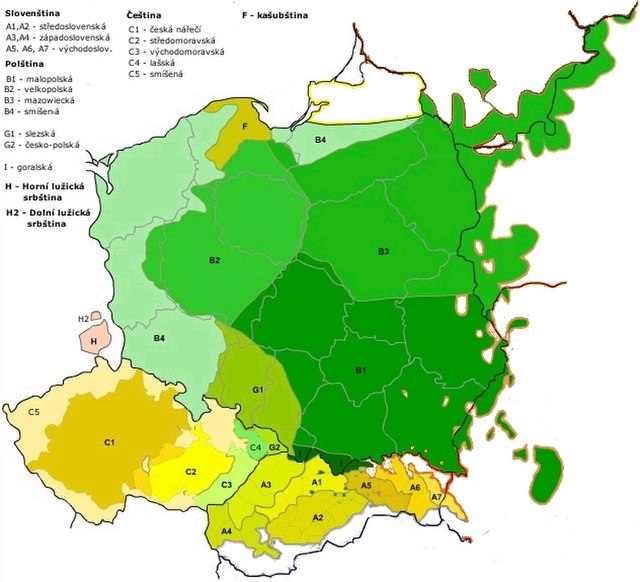Old Church Slavonic or Old Slavonic is the first Slavic literary language.
Old Church Slavonic
Example of the Cyrillic alphabet: excerpt from the manuscript Vidin Miscellany, written in Middle Bulgarian, 1360
A page from the Flowery Triodion (Triod' cvetnaja), a Polish book printed in Kraków in about 1491, one of the oldest printed Byzantine-Slavonic books, National Library of Poland.
A page from the Gospel of Miroslav, Serbian medieval manuscript, a 12th-century Byzantine-Slavonic book, National Library of Serbia.
The Slavic languages, also known as the Slavonic languages, are Indo-European languages spoken primarily by the Slavic peoples and their descendants. They are thought to descend from a proto-language called Proto-Slavic, spoken during the Early Middle Ages, which in turn is thought to have descended from the earlier Proto-Balto-Slavic language, linking the Slavic languages to the Baltic languages in a Balto-Slavic group within the Indo-European family.
Baška tablet, 11th century, Krk, Croatia.
14th-century Novgorodian children were literate enough to send each other letters written on birch bark.
10th–11th century Codex Zographensis, canonical monument of Old Church Slavonic (written in Glagolitic script)
West Slavic dialect continuum with major dialect groups








